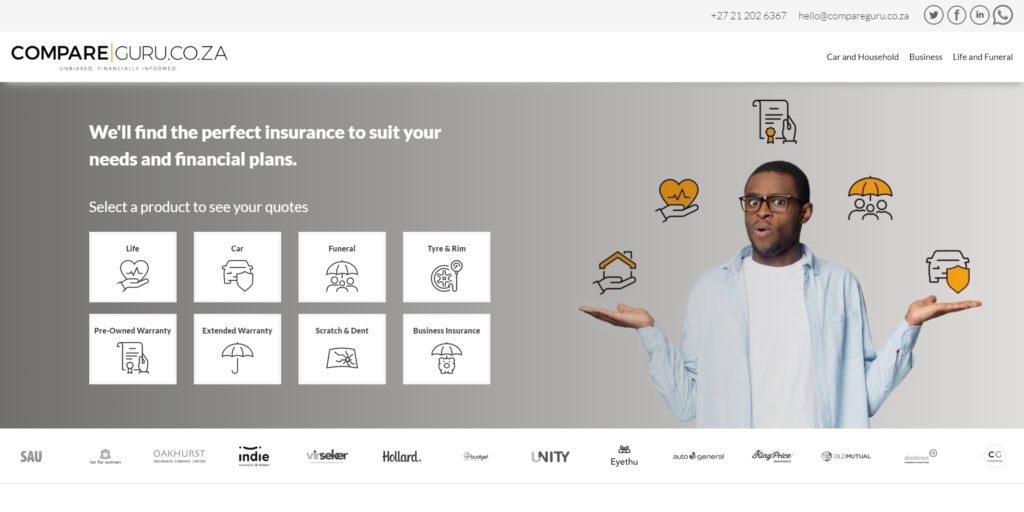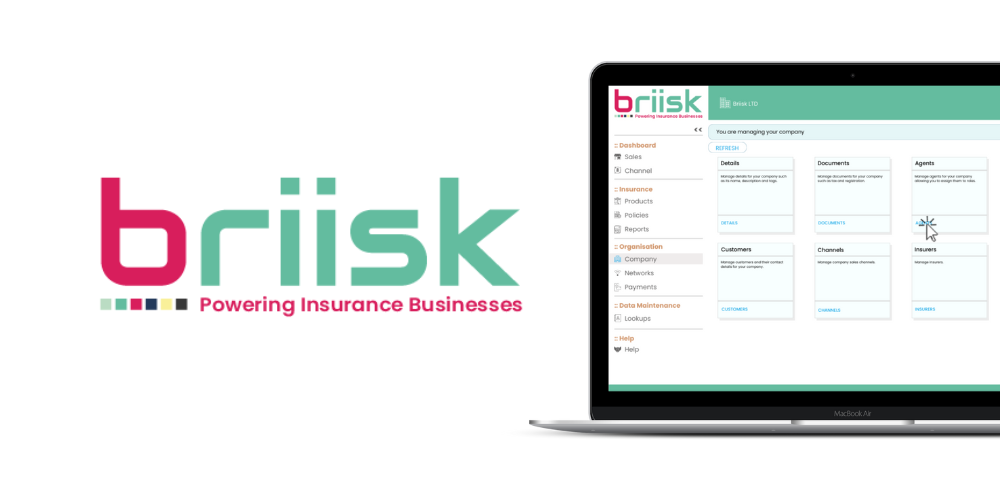The insurance industry has struggled to adopt technological innovation and digitally transform. Many insurers rely on centralised legacy systems with huge central databases and closed off architecture, which make it very difficult and expensive for insurers to transform and innovate. As a result, InsurTechs are exploring avenues that large insurance firms have less incentive to exploit or are simply unable given to their architectural constraints. A key technology has become a focus for many InsurTechs: Insurance API services.
In this article, we will take a close look at the potential of insurance API services and show use cases that illustrate how APIs will transform the future of insurance.
What is an API and what are the benefits?
In simplified terms, an Application Programming Interface (API) is a software intermediary that allows applications to communicate with each other. In other words, an API is the messenger between two programs. As a result, APIs increase productivity for developers enormously: With an API they don’t have to reinvent the wheel every time they write a new program. Instead, they can focus on the unique proposition of their applications while outsourcing all the commodity functionality to APIs (MuleSoft 2016).
Web APIs enable organisations to access and seamlessly integrate third-party data whenever and wherever it is needed, delivering significant computing efficiency and cost savings. Nowadays, it is therefore a common best practice to combine multiple API services offered by other companies in new applications. For example, Uber combines various APIs, i.e. (MuleSoft 2016):
- Positioning is done by the operating system (iOS, Android)
- Route calculation and maps are provided by MapKit and Google Maps
- Twilio sends real time text messages to the customers
- Payment is handled by Braintree
- The receipt is sent via Mandrill
- The services are hosted in the cloud on Amazon Web Services (AWS)
Combining these API services results in an excellent and innovative user experience – realised in a very short time frame, thus facilitating rapid growth (Finexta 2019).
Insurance API use cases
After having looked at the general advantages, let’s take a look at the possible use cases of APIs in the insurance industry. Based on IBM’s research, there are different Insurance API categories and particularly interesting use cases.
Partnering
As IBM states, APIs can help make it easy for partners to do business with you. Providing APIs to partners, e.g. banks, brokers, credit unions or service centers, enables them to deliver their offerings and services or to give insurance information to their clients. This approach can be used to create new revenue streams from affiliate fees. As an example, travel agencies can offer travel insurance as part of the travel purchase.
Use Case
Travelsafe Travel Insurance Referral Program
Briisk empowered Travelsafe’s insurance distribution by allowing travel agents to register as affiliates. The travel agent receives a personalised Affiliate-URL that can be shared with their clients via any digital channel. The individual URL gets tracked and commision is paid for every successful policy sale.
For more, visit: TravelSafe Travel Insurance Referral Program
Public APIs
Many of the APIs used internally and by partners can be shared publicly. For example, potential customers may be shopping for the best insurance rates and thus use insurance comparison portals. By making an API available to the comparison portal, your company has the opportunity to compete for new business.
IBM concludes that public APIs are one of the most exciting aspects of Insurance APIs since reach can be extended and other industries can send business to the insurer. By providing APIs to other industries, the insurer has the opportunity to reach new customers who were not directly thinking about the insurance aspects related to their purchases (IBM 2016).
Use Case
Online insurance marketplace CompareGuru
Briisk has collaborated with CompareGuru in implementing an online quote comparison engine where users can compare insurance quotes from various insurers, side-by-side. Briisk acts as an aggregator of insurer APIs and pulls together relevant quotes to show users on CompareGuru. This digital click-to-compare solution is targeted at consumers who are looking to find the best insurance deals in one place and brokers who are looking to aggregate different insurers and insurance products on one customer portal.
For more, visit: CompareGuru Online Insurance Marketplace in South Africa
Device integration and wearable devices
A new trend in the InsurTech field is the use of devices that use APIs to communicate data to insurance companies. Notably, the vehicle insurance industry already uses this new technology to reward safer driving and low mileage through lower premiums. In addition, connected vehicles can help communicate dangerous situations such as traffic accidents, slippery roads and weather conditions to others in the area, helping to reduce accidents (IBM 2016).
Use Case
On-demand insurance using real-time data: Trov
With a funding of more than $114M+, the American InsurTech Trōv, is a prominent example of on-demand fleet insurance using real-time data. The on-demand insurance is “custom built for modern fleets and multi-modal transportation, using real-time data from connected vehicles to match each moment’s level of risk with the appropriate level of insurance coverage, down to the second, so you never overpay.” (Trov.com)
Data and analytics
Typically, insurers gather large amounts of internal data and analyse this data to gain insight on marketing opportunities. But especially open access, public third party data sources can provide a huge opportunity that has not been discovered by many insurers. Given the growing demand for innovation for digital transformation in the insurance sector, this data can be used to create a rich digital experience for policyholders and increase customer satisfaction. Possible sources are for example weather data (e.g. weather.com’s API), foreign exchange (FX) rates data or satellite imagery.
Use Case
Damage Assessment in Agriculture via Satellite imagery
In 2017, the Indian state of Tamil Nadu with one million farmers faced economic devastation due to the worst drought in 140 years. India offered crop insurance to help farmers cope with crop damage, but nationwide, only 17 percent of claims were paid within three months of the growing season (Esri 2017). Looking to remedy the situation, India was piloting a new crop insurance scheme in partnership with SwissRe using satellite imagery to assess drought damage to rice crops.
The European Space Agency states: “The Copernicus Sentinel-1 radar mission has been used to alleviate a little of the suffering by providing evidence of damaged land and failed crops so that the Agriculture Insurance Company of India can compensate farmers as quickly as possible. So far, more than 200,000 farmers have received payouts.” (European Space Agency 2017)
Summary & Conclusion
The insurance industry, driven by innovative InsurTechs, is becoming very active in the API economy. As seen in this article, there are a variety of possible applications for insurance APIs. Since insurance is a data-intensive industry, using data in new ways and interfacing with partners rapidly can provide competitive differentiation.
IBM concludes: “If your enterprise has not started strategizing and planning for business APIs, the time is now. Do not wait until you know all the answers and have everything in place to get started – the market is moving too fast. […]” (IBM 2016)
—-
Sources
https://blogs.mulesoft.com/biz/tech-ramblings-biz/what-are-apis-how-do-apis-work/
https://www.finextra.com/blogposting/18255/transforming-the-insurance-sector-to-an-open-api-ecosystem
https://www.ibm.com/downloads/cas/XNMBM5BL
https://www.esri.com/about/newsroom/publications/wherenext/insurers-use-satellite-imagery-for-damage-assessment/
http://www.esa.int/Applications/Observing_the_Earth/Copernicus/Sentinel-1/Sentinel-1_speeds_up_crop_insurance_payouts






